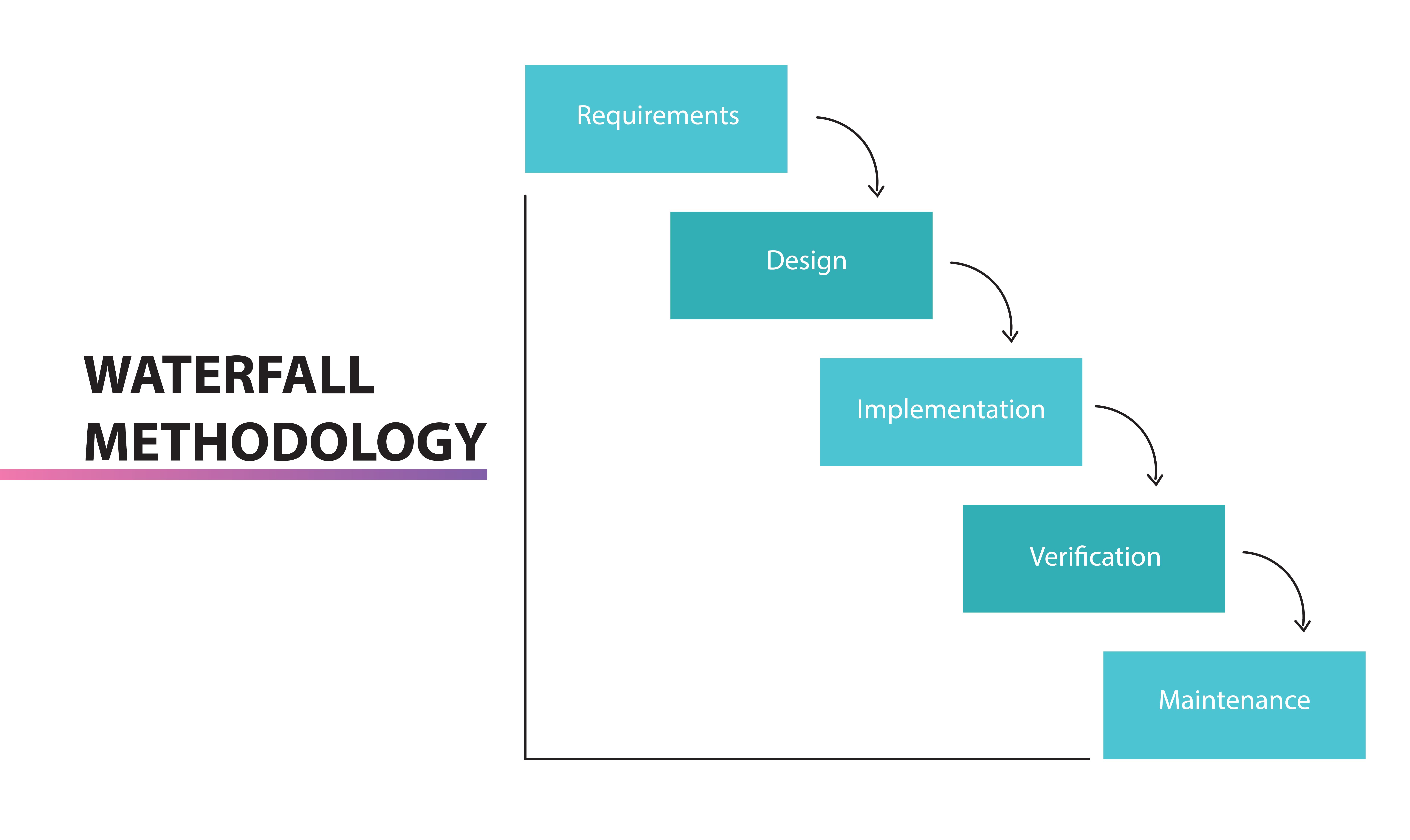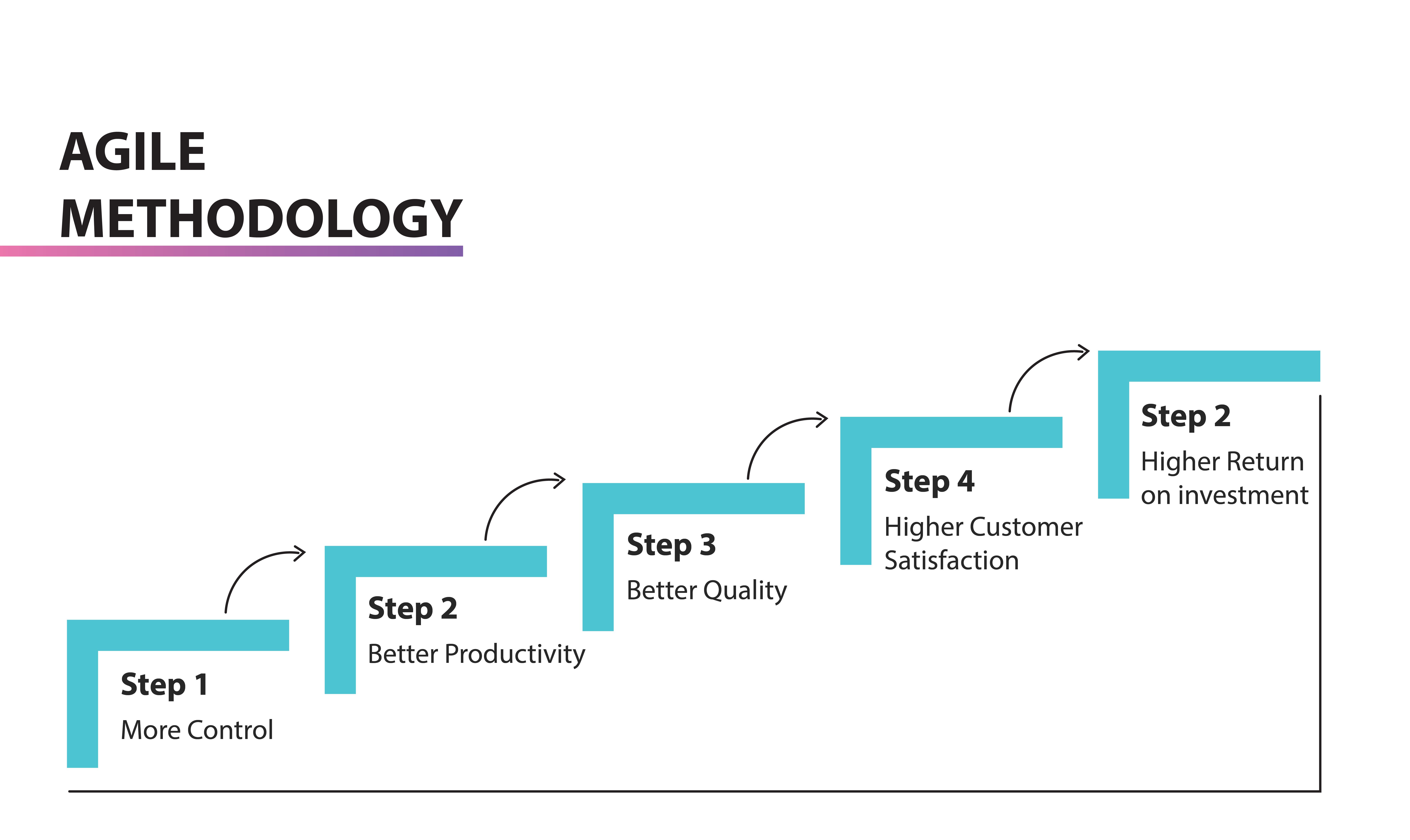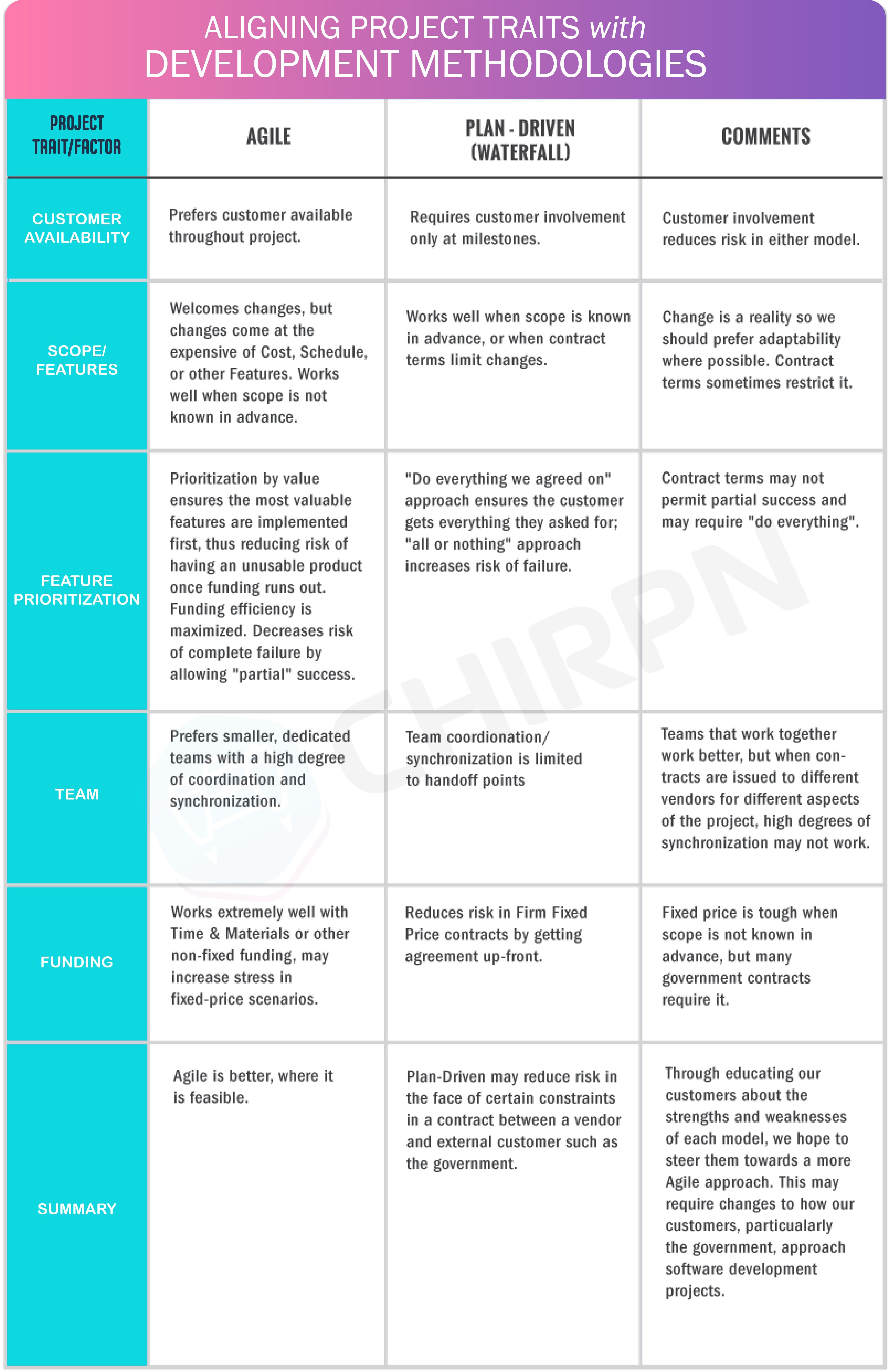When each project begins on Chirpn, the question comes up: “Which software development framework should we choose?” This often ignites long discussions and sometimes even conflict. Software development framework, for those who are not familiar with the term, is a structured way of organizing all kinds of work involved in creating software. Yet it is worth noting that this is not to be confused with project management models or specific technical strategies, although these terms are often mixed up or used interchangeably.
There are two popular frameworks in the industry:
- Waterfall: It’s also known as the “traditional” method, even though it is not very complimentary.
- Agile: A version of Rapid Application Development that is more modern than Waterfall but still dominant, traditionally implemented using Scrum.
Both methodologies have been tested and proven effective. We have extensively worked as software developers; therefore, we can share our insights on the advantages and drawbacks of each approach.
The Waterfall Framework

Waterfall uses an approach to software development that is sequential. A typical progress within this framework consists of:
- Gathering and documenting requirements
- Creating architectural design
- Code and unit testing
- Testing the system
- Performing user acceptance testing (UAT)
- Fixing any arising issues.
- Releasing the final software product.
In a typical waterfall project, each phase is a separate period within the life cycle of software development, with one ending before another begins. Moreover, there are usually checks at review and approval points between phases; for example, the customer should confirm the demand before setting the design stage. When we begin to implement projects at Chirpn, we face key decisions about technology: which methodology will be most appropriate for its development? The Waterfall model has both advantages and disadvantages.
Benefits of the Waterfall Model:
- Consensus on Deliverables: at the outset, stakeholders and developers agree on what they require, simplifying planning and design.
- Measurable Progress: This is called a predefined work scope that aids in quantifying progress tracking.
- Team Flexibility: Allow members to move back or forward depending on project phases, such as areas where business Analysts can come up with requirements while Developers focus their efforts on other projects and testers write test scripts in parallel with coding.
- Reduced Customer Involvement: There are no more extensive client interactions after requirements phase other than occasional reviews and approvals.
- Synchronized Design Effort: Early completion of designs enables multiple software components to be concurrently designed and integrated with external systems.
- Holistic Software Design: Understanding all deliverables leads to robust software design, eliminating the piecemeal effect that results from the disjointed integration of code fragments.
Downsides of the Waterfall Model
- Effective Requirements: Understanding and stating requirements that customers can understand is usually the most difficult part of developing software. Customers may be put off by detailed requirements at the beginning of a project because they fail to visualize the final product from text alone. However, many users have difficulty relating these with written requirements.
- The possibility of displeasing clients: If the only thing we have is written requirements, it means that our customers will see the product very late in its development process; sometimes, it might even be in the completion stage. At such late stages of development, introducing modifications becomes expensive and complicated.
The Agile Framework

Agile methodology is an ever-changing approach to software development that focuses on delivering small functional parts of an application quickly. This time-boxing system has “sprints” which last for a set period and include what should be developed within that time frame, prioritized from highest to lowest business value according to customer evaluation. For example, in case a sprint does not meet its goals as planned; then priorities can be adjusted while planning for subsequent periods.
Benefits of Agile Methodologies
- Prompt Feedback: Continuous customer engagement across the entire project lifecycle helps tune it in real-time.
- Customer Ownership: Direct involvement between the development team and the client creates a feeling that the project belongs to them.
- Time-to-Market: Agile allows the software to be launched with minimum viable features followed by continuous improvement.
- User Focused Development: The method is likely to produce a product that is more tuned into user needs due to constant customer input.
Downsides of Agile Methodologies
- Intensive Customer Involvement: A high degree of consumer participation may not fit some clients’ schedules or interests.
- Team Engagement: For an agile approach, developers should give their whole attention to this project, which makes it function best in that case.
- Flexible Scope: With time constraints and rapidly changing priorities, there can be unfinished sprints, which can increase the costs and time involved.
- Co-located Teams: Agile benefits from close working team relationships, although it can also be supported by available modern collaboration means during distant work situations.
- Continuous Improvement: The iterative process will often demand frequent refactoring, especially in large, complex projects.
Choosing Between Agile and Waterfall Methodologies
At Chirpn, we have also developed a Process Framework of our own that is customized from the traditional Waterfall model. Clients can have an early view of the final product through the incorporation of prototyping, thereby enhancing requirement comprehension and communication. We take part in iterative development and continuous customer dialogue to refine requirements after establishing the primary framework for the application, thus enabling us to remain as flexible as possible while maintaining integrity in overall system architecture.
When selecting a methodology, there are several factors we consider that help us choose the best approach that works for the successful completion of our project.


